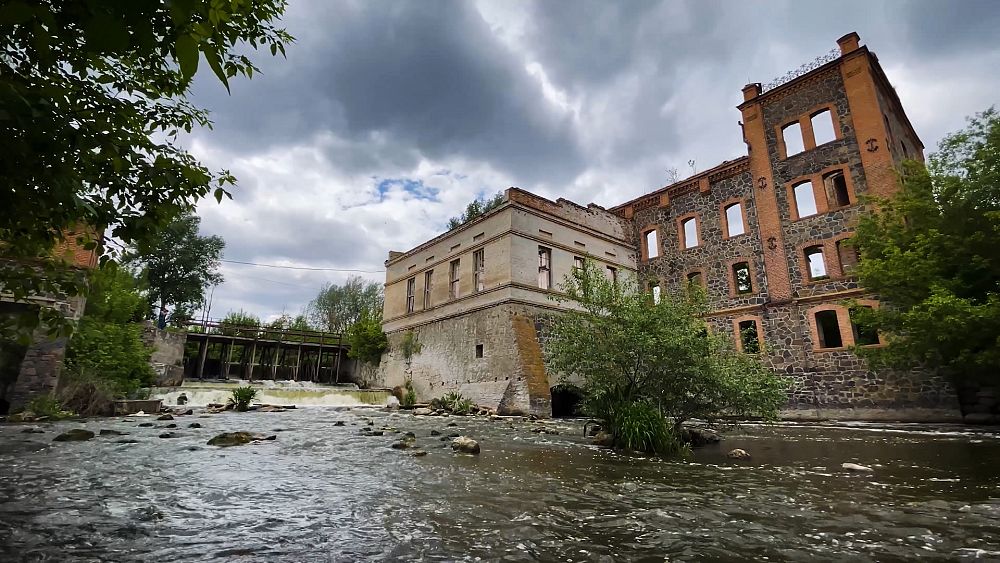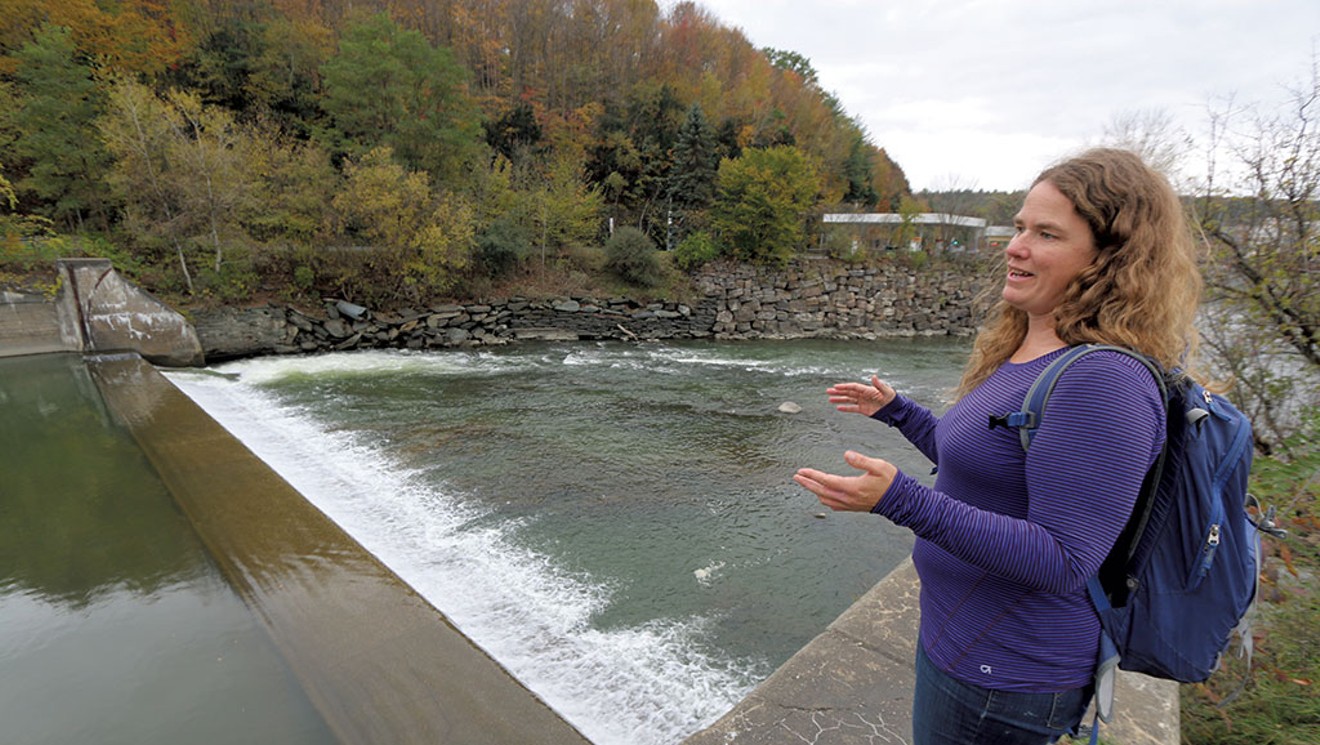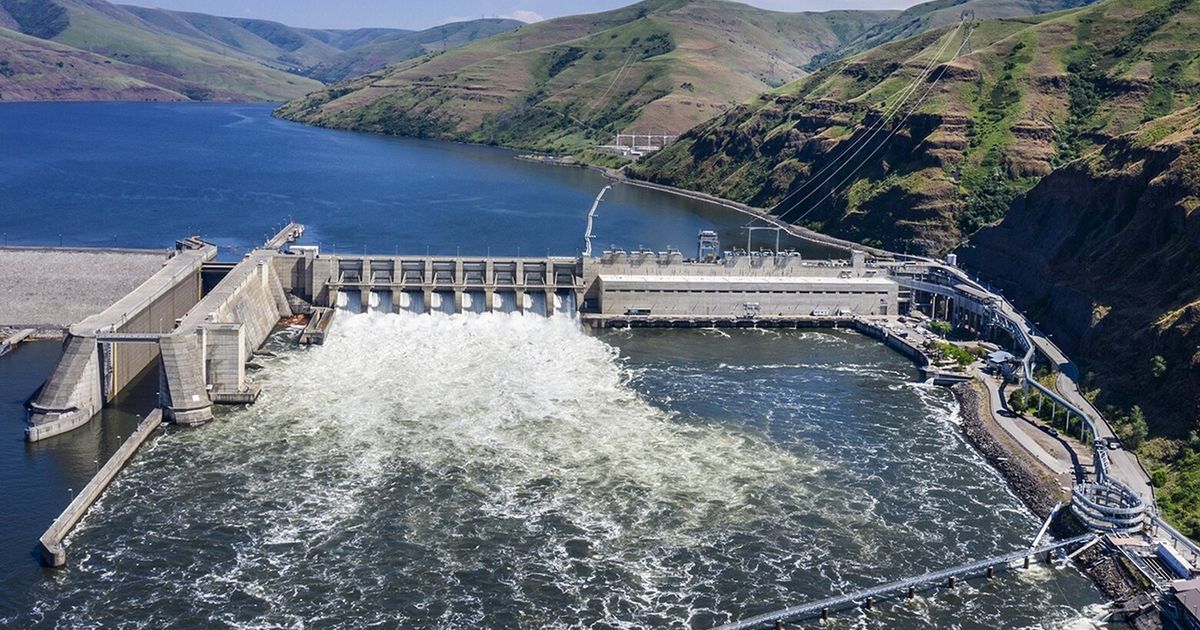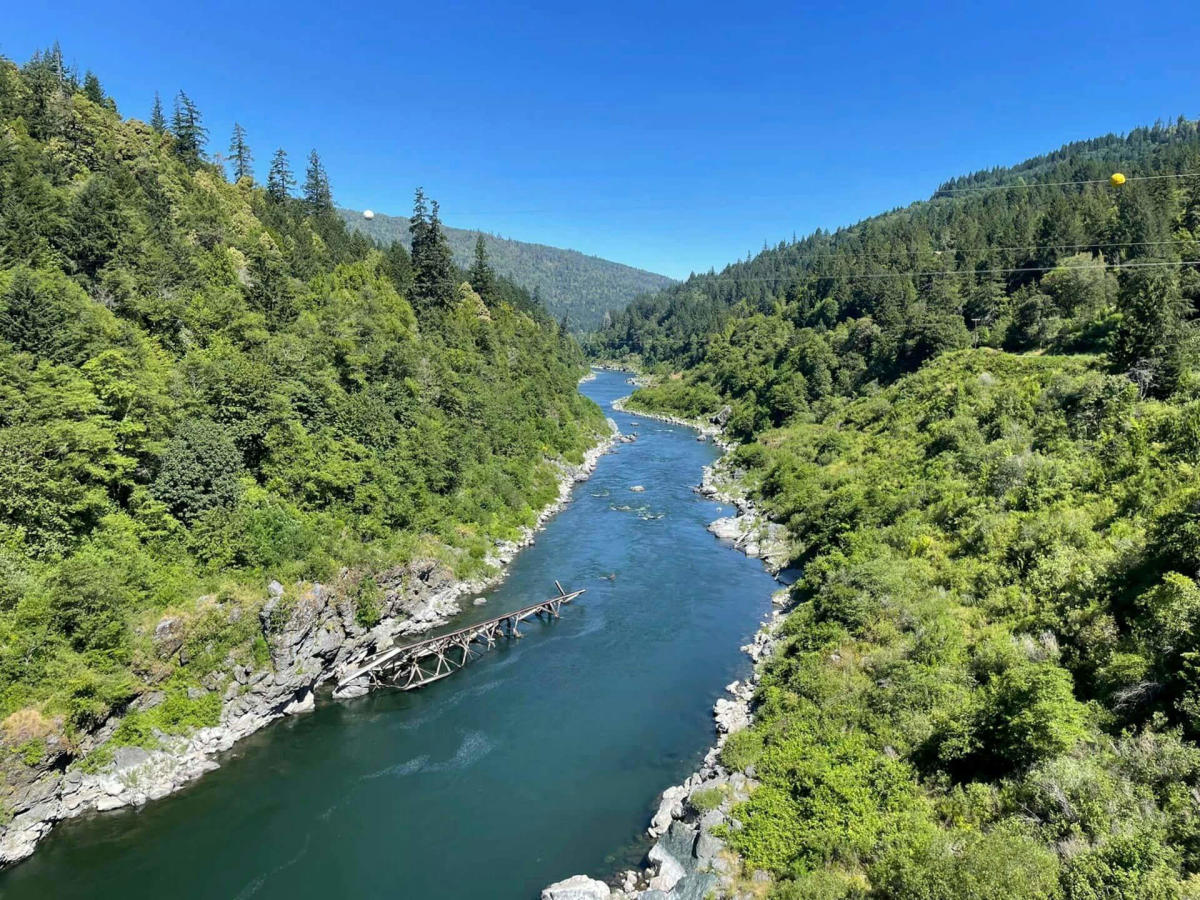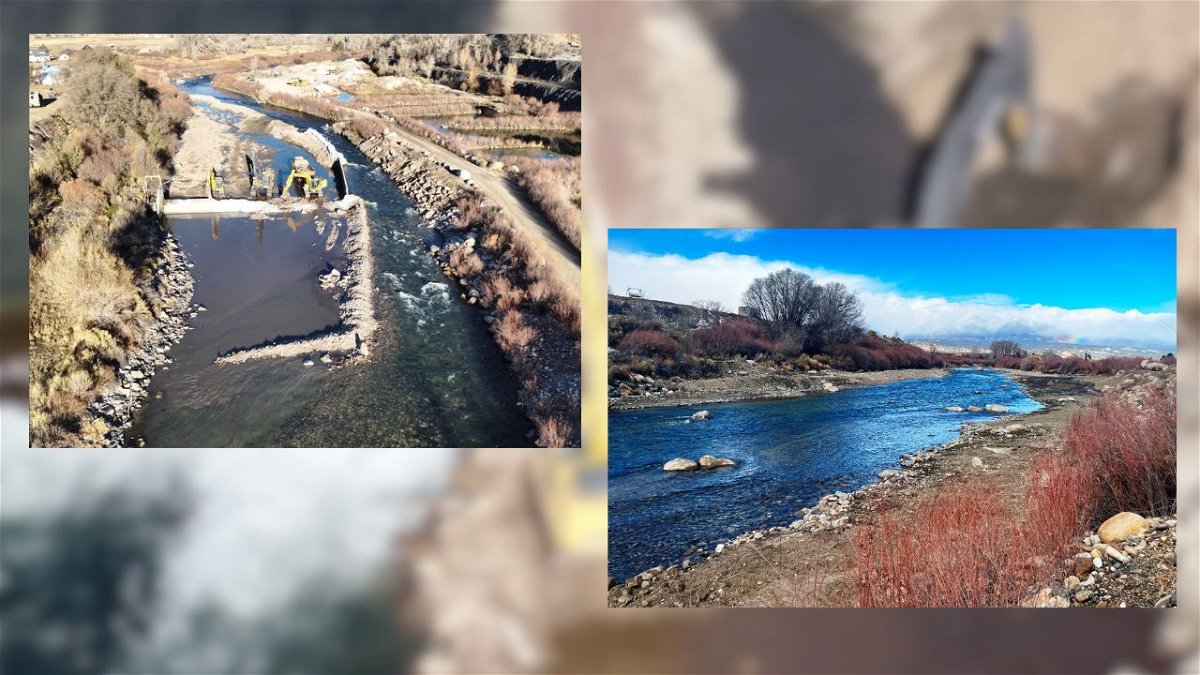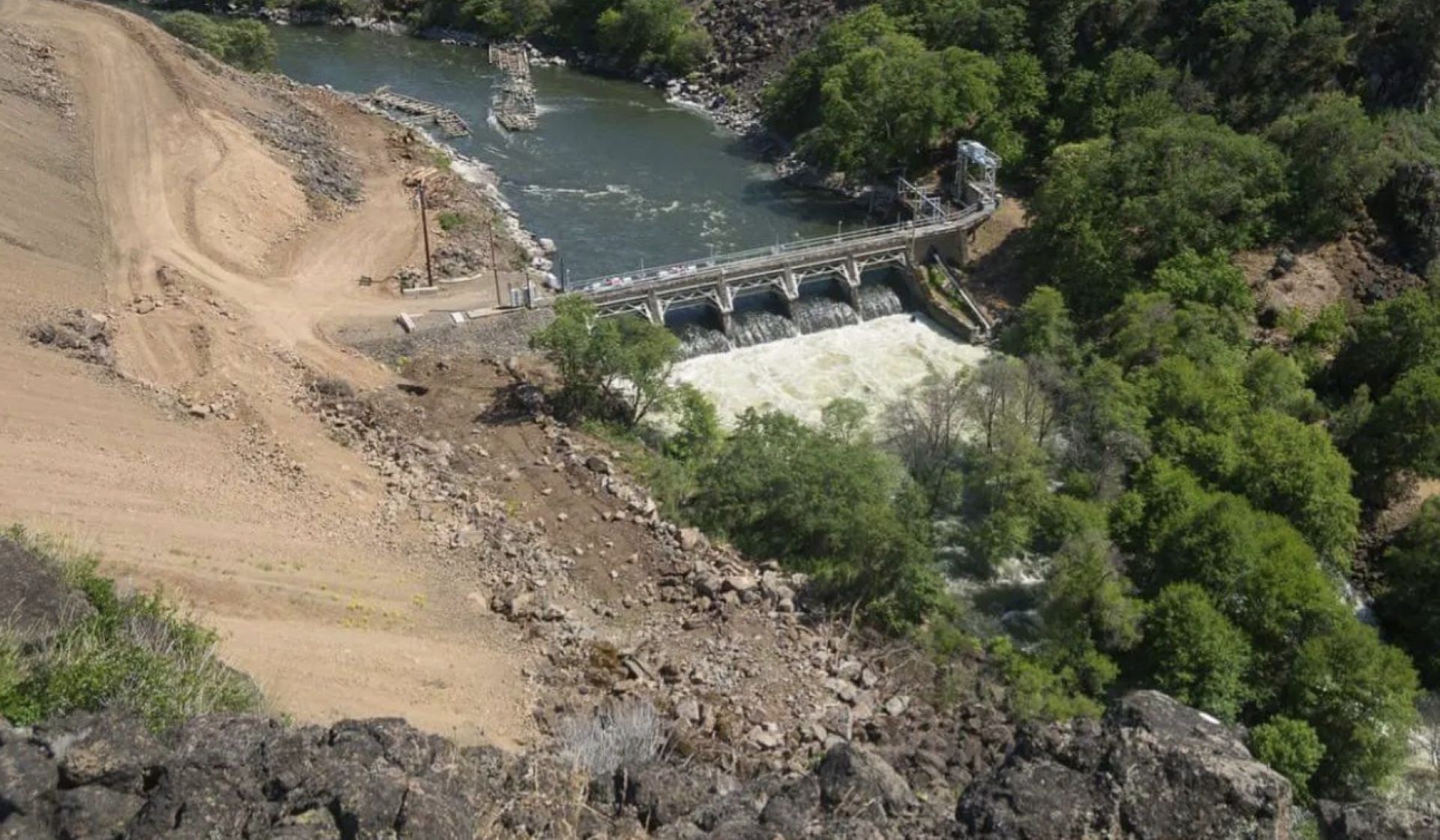The linked article is a fairly thorough discussion of the effects of dams on river environments, and the efforts to and effects of removing them.
***************************
"To river lovers, Glen Canyon Dam is the Death Star and Voldemort combined."
"Glen Canyon Dam has been in the crosshairs of river lovers for 50 years, inspiring periodic dreams of removal and the occasional short-lived public debate when parts of Glen Canyon emerge from Lake Powell during droughts."
"Massive dam projects like these make headlines, but they also obscure key facts about rivers and dams. For every large federal dam like Glen Canyon or Lower Granite, there are thousands of minor ones: nearly 80,000 small dams restrict the rivers of the U.S. and while lawsuits about the Snake River dams drag into their third decade, river lovers have been quietly clearing smaller clogs."
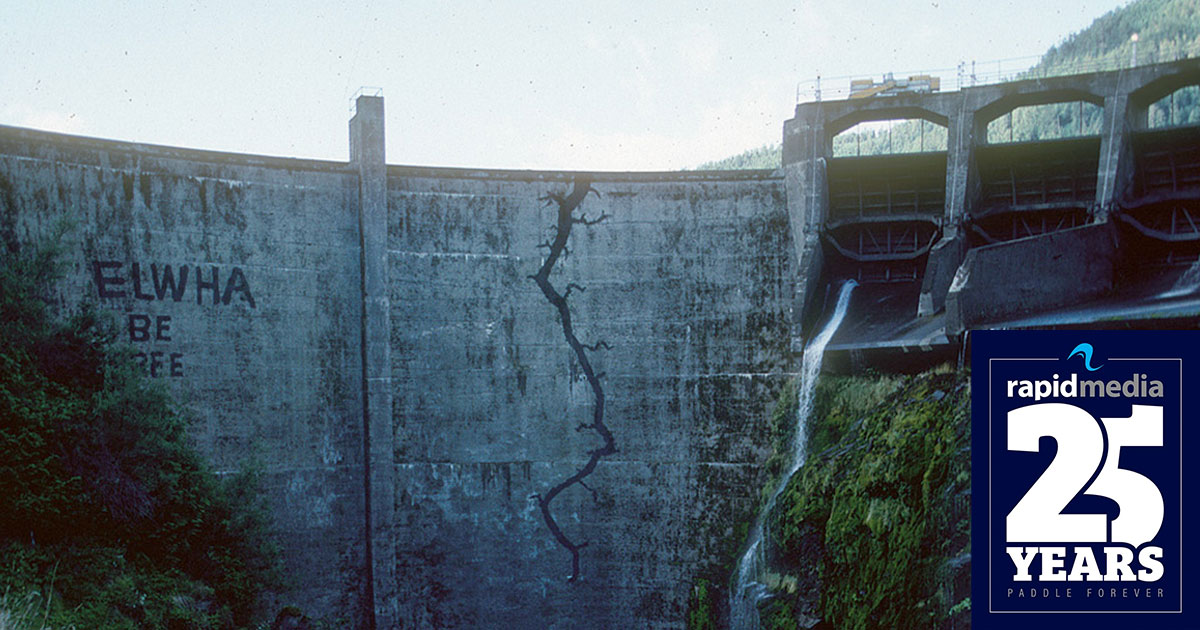
 paddlingmag.com
paddlingmag.com
***************************
"To river lovers, Glen Canyon Dam is the Death Star and Voldemort combined."
"Glen Canyon Dam has been in the crosshairs of river lovers for 50 years, inspiring periodic dreams of removal and the occasional short-lived public debate when parts of Glen Canyon emerge from Lake Powell during droughts."
"Massive dam projects like these make headlines, but they also obscure key facts about rivers and dams. For every large federal dam like Glen Canyon or Lower Granite, there are thousands of minor ones: nearly 80,000 small dams restrict the rivers of the U.S. and while lawsuits about the Snake River dams drag into their third decade, river lovers have been quietly clearing smaller clogs."

How To Set A River Free
River advocates are quietly clearing smaller clogs—and the combined impact of removing little dams is making a big difference.


